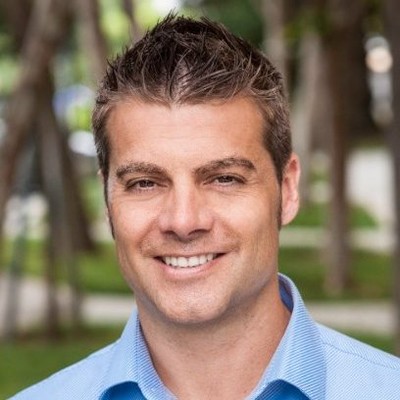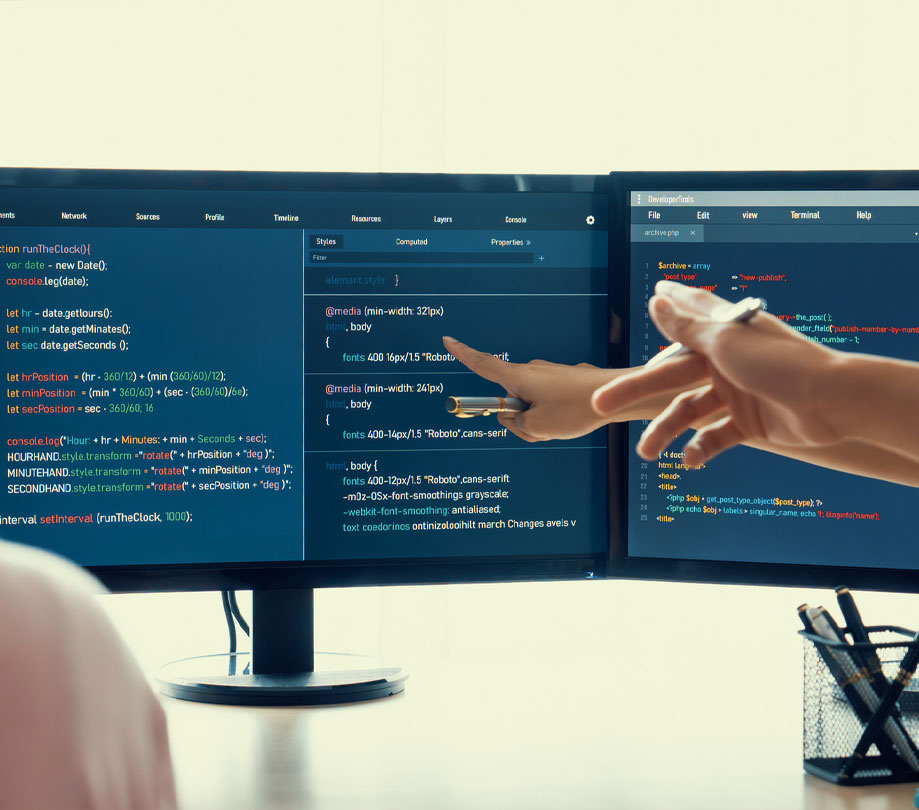Programming
Dropping the gloves with hockey and SPE
Tuesday, June 29, 2021

|
Shaun Walker |
Shaun Walker, technical director and enterprise guild master at Cognizant Softvision, talks about the comparisons between software product engineering and hockey.
This is my favorite time of year -- the NHL playoffs and the sprint to hoist the Stanley Cup. Now, I recognize I’m biased, and with all apologies to football and futbol fans, the Stanley Cup is easily the most prestigious trophy in all of professional sports and the toughest championship to win. In the vein of a true hockey fanatic, I’d say ‘fight me’ if you don’t agree, but we’ll keep things strictly professional for now.
As a kid who grew up in Canada, I always dreamed of holding the Stanley Cup high and showing it off around the rink. Some people stop participating in their childhood sports pursuits as they grow older and become full-fledged adults, but I’ve had the good fortune of continuing my passion for shinny (that’s slang for recreational hockey) well into my adult life. In fact, for the second season in a row, my West Palm Beach Chiefs ice hockey team recently took home the league crown.
And I’d love to say that we’re the most talented skaters, shooters, and goaltenders around, but the truth is we’ve been able to capture the league championship mostly because of our chemistry and our character.
The reality is, we’re all plumbers, which in hockey terms, translates to none of us are necessarily the most talented hockey players. But we all are hard-working and team-oriented, and more than willing to do the dirty work in the corners which often means the difference between a W and an L on the scoresheet at the end of the game.
Software Product Engineering and hockey?
The experience on my hockey team got me thinking, and there is definitely a strong correlation between ice hockey and Software Product Engineering that warrants a closer look.
- Teams – At Cognizant Softvision, we work in teams called Pods. Pods are our version of the Bruins, the Canucks or the Lightning. Whether onsite with a client or virtual, our Pods are cross-functional, agile teams that deliver sustainable innovation and results for millions of adoring fans and users.
- GMs – General Managers have a vision for the type of team that they want to see on the ice, and what they want to be known for. In the SPE world, that’s the product manager, someone who can define the vision. In the best scenarios, this product manager (and GM) is not assembling a team for a short-term assignment (project), but putting people together with a long-view strategy that makes that team relevant and dangerous long-term.
- Coaches – Coaches help execute the GM’s vision and ensure the players are acting in unison on the ice and adapting to the flow of the game. In our world, this is the Scrum Master, who is the glue that helps manage the team, allocate resources and make real-time decisions affecting the delivery of the product.
- Games – Teams come together with the goal of successfully launching a product. There may be several product launches, some will be more impactful than others, but together these launches dictate what success looks like and the higher the impact, the more likely you’ll have a deep playoff run.
- The Players – Yes, what is a team without some good players. You have your forwards (your front-end developers or designers); your defensemen (the back-end developers), and goaltenders who are also recognized as the last line of defense (your DevOps team orchestrates the product deployment to multiple environments). You need to be strong in all three areas to succeed. And you need a Community where you can find more talent to add to your team when the need arises.
- Tools and Equipment – Teams and players leverage blades, twigs, buckets, sweaters, mits, and biscuits (skates, sticks, helmets, jerseys, gloves, and pucks) to get the job done on the ice. SPE utilizes hardware and dev tools to deliver their work at an optimal level.
- Shifts – Typically there are five hockey players and a goaltender from each team who compete on the ice at any given time. Players are expected to give 100% effort before returning to the bench to be replaced with reinforcements and get ready for their next shift. SPE team members do their work in Agile sprints, usually with planning and retrospectives bookending their activities, and they are often competing against time, budget or a category leader.
- Goals - Lighting the lamp is what happens when you sneak the puck behind the opposing goaltender. SPE has goals to complete a certain amount of story points from the backlog every sprint to ensure the product is delivered on time.
- Refs – Patrolling the ice to keep the contest fair and ensuring rules are followed, this is where referees come in, sometimes simply adjusting the flow of play and other times assigning penalties and sending a player to the sin bin (penalty box). QA regulates the output of pods, ensuring that product features meet acceptance criteria and logging any anomalies in an issue tracker.
- Fans – What would a game be without loyal fans, which is where the customer comes in. Fans tell us when we’re good and when we’re underperforming, and so do our customers. Customers (and fans) show their appreciation or displeasure for the product by speaking with their attention and wallet.
The final correlation has to do with winning. It’s why you play the game, it’s the end goal for every product launch. Beat the competition, make the fans and customers happy, and score as much as possible so that you can perfect your celly (celebration).
In hockey, winning is hoisting Lord Stanley’s Mug. In Software Product Engineering, it’s delivering award-winning work, a killer product with positive business outcomes that propel you and your client to the top of the category and leader board.
But most important, and the thing that holds all this together is culture. Despite great talent, teams can’t win it all without a strong culture that brings them together and makes them want to perform for each other.
Given the battle to recruit and retain talent in the technology / SPE space, culture will continue to increase in importance. Culture keeps the best players together on the best teams. They collaborate together and know each other’s styles and preferences, leveraging youngblood talent for speed and innovation, as well as a few old pros for wisdom on the power play.
Us ‘old-time hockey’ guys know this all too well, and so too do our customers.
This content is made possible by a guest author, or sponsor; it is not written by and does not necessarily reflect the views of App Developer Magazine's editorial staff.

Become a subscriber of App Developer Magazine for just $5.99 a month and take advantage of all these perks.
MEMBERS GET ACCESS TO
- - Exclusive content from leaders in the industry
- - Q&A articles from industry leaders
- - Tips and tricks from the most successful developers weekly
- - Monthly issues, including all 90+ back-issues since 2012
- - Event discounts and early-bird signups
- - Gain insight from top achievers in the app store
- - Learn what tools to use, what SDK's to use, and more
Subscribe here










